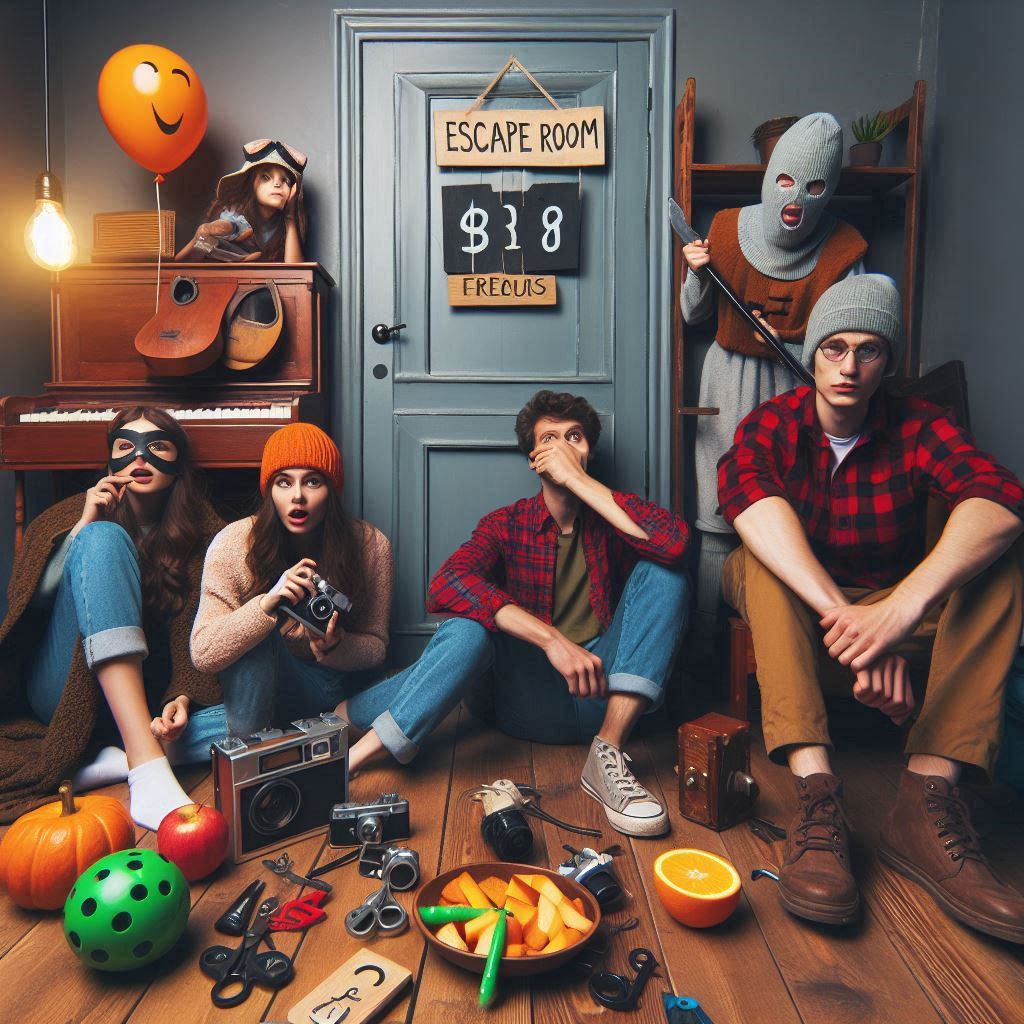Escape Room Magic: Design Your Own Challenge

An escape room at home is a great way to make your home time more relaxing by arranging a fun time with friends or play games with family members. The escape room consists of a series of puzzles and riddles within a given timeframe that participants use to escape from the room.
Who is an Escape Room Game at Home For?
An escape room game at home is a particularly good option for families, friends, and colleagues who want to have fun and work as a team. You can expand your escape according to the ways you want to arrange things for family and friends.
An escape room can be suitable for:
- Birthday celebration of a family member or close friend.
- Casual get-together of friends.
- Team building
- Entertainment program for family gatherings, especially on some special occasions.
Excellent idea to create more scenarios to enjoy family and friend gatherings. Escape rooms are designed to enhance problem-solving and teamwork skills. However, escape room games can be stressful, so they are not recommended for people with high anxiety or panic disorders.
Steps to Organize The Escape Game at Home
The main objective of the escape room game is for the key player to set the stage for the game. This can become easier if you have answers to these questions:
Will players be trying to retrieve something lost?
Is this going to be about discovering a secret?
Is there a villain that players make a plot to stop?
Preferably, you should try to make the escape room game simple without involving many tools. However, the story needs to be interesting and exciting for the players so nobody feels bored or not engaged in the process. For example, you can set the stage for some sci-fi, horror, or crime that you adore the most. This can be a mystery about retrieving something lost.
Prepare the play with the detailing that you know players will enjoy. The better you set things up, more learning can be expected with engaging stuff to build teamwork spirit.
Use different types of challenges that the players must solve to escape. These challenges include puzzles and logic tasks. Eventually, it comes down to how engaging things are.
Don’t forget to test tasks to check whether they work as you designed them to. They should also click within the set time limit for the game. For example, set a timer for 60 minutes, and the players can strive to solve challenges to escape from the room.
What to pay attention to?
Certain things require special consideration when you are designing an escape room.
Game Area: The area for the game(s) should allow enough space so players and each task have enough space to move around.
Tasks: Tasks need to challenge players, but they shouldn’t be too difficult to solve. Players should easily understand those tasks and strive to complete them in the limited time.
Communication: As the purpose of an escape room game is to enhance teamwork and collaboration, the players should be able to communicate with other players and cooperate in solving each task.
Safety Measures
The escape room game shouldn’t involve any dangerous situations during the game that can cause injury or get you lost. The gaming area shouldn’t be messy, as it can make things harder to clean up after the game.
Follow these steps, and an escape room at home is a wonderful experience.